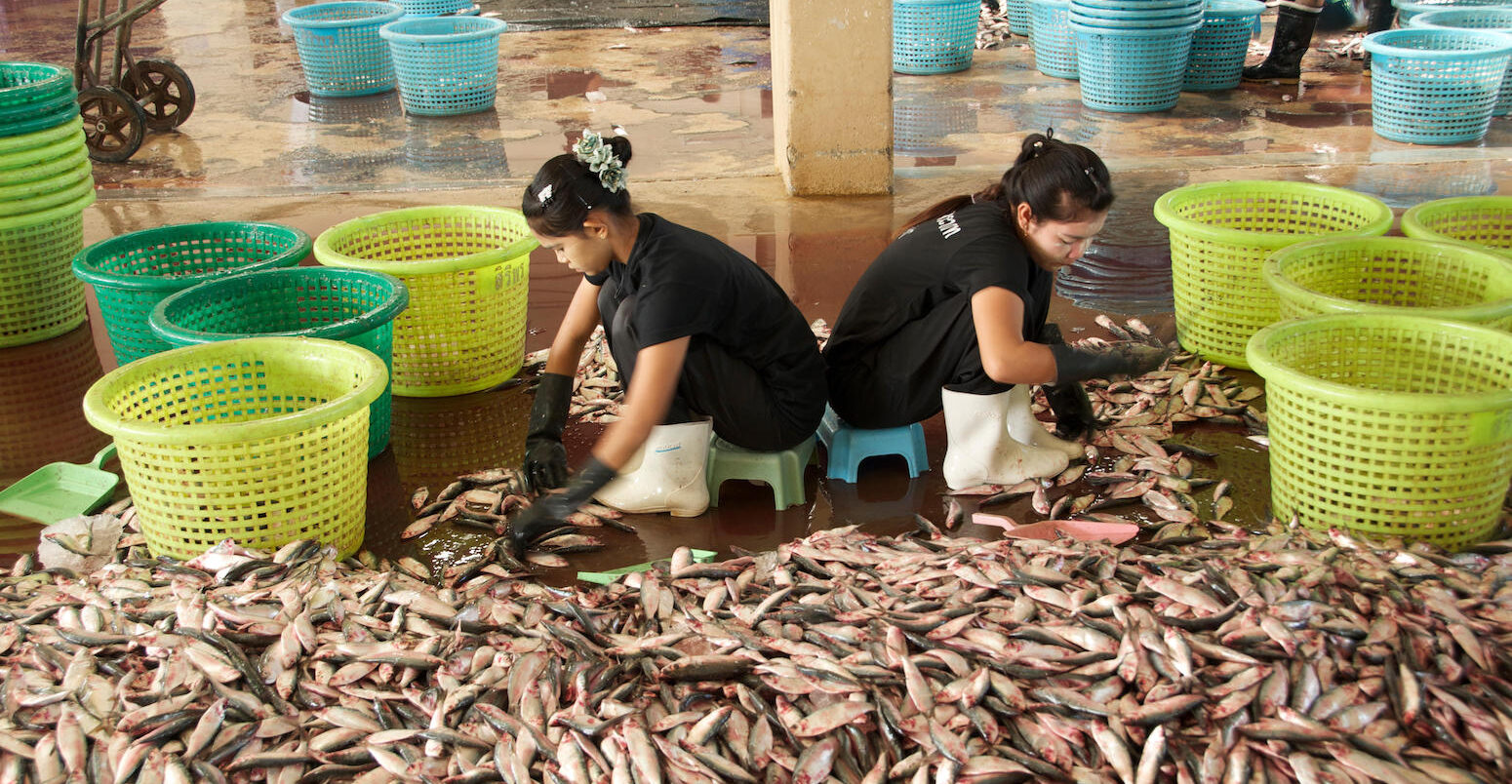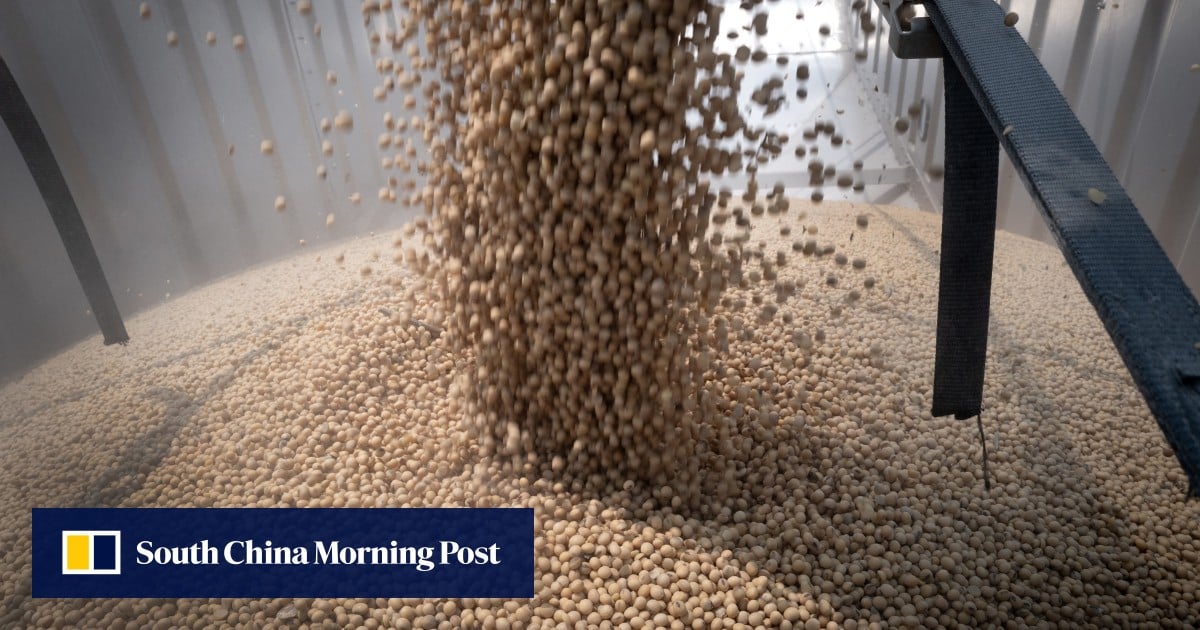Inequality in Agri-Food Chains – Food Manufacturing

Report on Value Distribution in Global Agri-Food Systems and Implications for Sustainable Development Goals
1.0 Executive Summary
A study conducted by the Institute of Environmental Science and Technology at the Universitat Autònoma de Barcelona (ICTA-UAB) reveals significant structural inequalities within the global agri-food system. The research, covering the period from 1995 to 2020, demonstrates that while the Global South is responsible for the majority of agricultural production, economic value is disproportionately captured by the Global North. This dynamic undermines key Sustainable Development Goals (SDGs), particularly those related to poverty, inequality, and economic growth.
2.0 Analysis of Value Chain Disparities
The study, published in Global Food Security, provides the first global-scale analysis of economic value distribution in agri-food chains. The findings indicate a systemic imbalance that challenges the principles of equitable development central to the 2030 Agenda for Sustainable Development.
- Value Capture by Non-Agricultural Sectors: A majority of the value added in the global agri-food system is absorbed by post-farmgate sectors, including processing, logistics, finance, and services.
- Dominance of the Global North: These high-value sectors are overwhelmingly controlled by countries in the Global North, creating a structural dependency and reinforcing global economic divides.
- Inequitable Income Distribution: Despite an increase in agricultural production share, nations in the Global South have not seen a corresponding increase in income capture, directly impeding progress on SDG 10 (Reduced Inequalities).
3.0 Impact on Sustainable Development Goals (SDGs)
The identified value capture strategies have profound and negative consequences for the achievement of several SDGs. The system perpetuates a cycle of dependency that prevents sustainable and equitable development in producing nations.
- SDG 1 (No Poverty) and SDG 2 (Zero Hunger): The system fails to provide a fair share of income to the primary producers who sustain the global food supply. This traps farming communities in the Global South in poverty and undermines their own food security, as the system prioritizes external profit over local well-being.
- SDG 8 (Decent Work and Economic Growth): By siphoning value away from the sites of production, the current structure denies opportunities for sustainable economic growth and the creation of decent work in the Global South. The practice of recording revenue in low-tax jurisdictions further delinks economic gains from actual labor and production.
- SDG 10 (Reduced Inequalities): The research provides empirical evidence of an unequal exchange that systematically disadvantages the Global South. The international division of labor within the agri-food system actively widens the economic gap between nations.
- SDG 12 (Responsible Consumption and Production): The findings suggest that global supply chains are shaped by profit-maximizing strategies rather than principles of sustainable and equitable production, highlighting the need for systemic reform to align with responsible practices.
4.0 Conclusion and Forward Outlook
The study concludes that value chains in the global agri-food system reinforce structural inequalities. Jurisdictions with minimal agricultural production, such as Singapore and Hong Kong, capture value that is multiples of their own output, indicating that financial strategies, not production, dictate value distribution. Researchers emphasize the urgent need for economic sovereignty for the Global South to address this unequal exchange. Achieving the Sustainable Development Goals requires a fundamental restructuring of global agri-food systems to ensure that value is distributed more equitably among all stakeholders, particularly the primary producers in the Global South.
1. Which SDGs are addressed or connected to the issues highlighted in the article?
SDG 2: Zero Hunger
- The article focuses on the global agri-food system, which is central to achieving zero hunger. It highlights economic injustices within this system, specifically how primary producers in the Global South, who are crucial for food production, do not receive a fair share of the income. This economic vulnerability of farmers directly impacts food security and the sustainability of food systems.
SDG 8: Decent Work and Economic Growth
- The article discusses the “international division of labor” and the need for “economic sovereignty for the Global South.” It points out that while agricultural production occurs in the South, the value and income are captured elsewhere, undermining inclusive and sustainable economic growth and the principle of fair income for work performed by farmers.
SDG 10: Reduced Inequalities
- This is the most central SDG addressed. The article’s core finding is that “value chains in agri-food systems reinforce structural inequalities” between the Global North and Global South. It explicitly details how the North captures a “disproportionate share of income” from the agri-food system, thereby widening the economic gap.
SDG 17: Partnerships for the Goals
- The article critiques the structure of the global agri-food system, which is a form of global partnership. It reveals how the current system, involving global trade, finance, and logistics, leads to “structural unequal exchange” rather than an equitable partnership for sustainable development. The issue of revenue being recorded in low-tax jurisdictions also points to systemic issues in global financial and trade partnerships.
2. What specific targets under those SDGs can be identified based on the article’s content?
Under SDG 2: Zero Hunger
- Target 2.3: By 2030, double the agricultural productivity and incomes of small-scale food producers… The article directly challenges the progress on the “incomes” aspect of this target, stating that the people who do most of the agricultural production “do not get a fair share of food-system incomes.”
Under SDG 8: Decent Work and Economic Growth
- Target 8.2: Achieve higher levels of economic productivity through diversification… including through a focus on high-value added and labour-intensive sectors. The article shows that countries of the Global North dominate and capture value from “higher-value sectors such as processing, logistics, finance, and services,” preventing the Global South from benefiting from these high-value-added activities within the agri-food chain.
Under SDG 10: Reduced Inequalities
- Target 10.1: By 2030, progressively achieve and sustain income growth of the bottom 40 per cent of the population at a rate higher than the national average. The article implies this target is not being met for agricultural producers in the Global South, as the value they create is systematically captured by other actors in the Global North.
- Target 10.4: Adopt policies, especially fiscal, wage and social protection policies, and progressively achieve greater equality. The article’s finding that “a substantial portion of revenue is recorded in low-tax jurisdictions” points to the role of fiscal policies (or lack thereof) in exacerbating inequality, as profit-maximizing strategies bypass the locations of actual production.
3. Are there any indicators mentioned or implied in the article that can be used to measure progress towards the identified targets?
Indicators for SDG 2 and SDG 10
- Share of value added in the agri-food system: The article’s analysis is based on measuring the distribution of economic value. An indicator would be the percentage of total value in the agri-food chain captured by primary agricultural producers versus post-farmgate sectors (processing, logistics, etc.). The article states that “non-agricultural sectors absorbed much of the value added.”
- Geographical distribution of income from the agri-food system: An indicator is the share of total income from the global agri-food system captured by countries in the Global North versus the Global South. The study finds that “countries of the North continue to capture a disproportionate share of income.”
- Ratio of captured value to produced value: The article provides a powerful implied indicator by comparing the value a country captures from the global system to the value of its own agricultural production. It gives concrete examples: “Singapore and Hong Kong capture up to 60 and 27 times more from the global agri-food system than the value of their agricultural production.”
- Value recorded in low-tax jurisdictions: An indicator for fiscal policy impact (Target 10.4) is the proportion of total agri-food system revenue that is recorded in low-tax jurisdictions relative to the amount of agricultural production in those same jurisdictions. The article notes this is a “substantial portion,” suggesting profit-shifting.
4. Table of SDGs, Targets and Indicators
| SDGs | Targets | Indicators |
|---|---|---|
| SDG 2: Zero Hunger | Target 2.3: Double the agricultural productivity and incomes of small-scale food producers. | Share of income from the global food system received by primary agricultural producers in the Global South. |
| SDG 8: Decent Work and Economic Growth | Target 8.2: Achieve higher levels of economic productivity… through a focus on high-value added… sectors. | Percentage of value captured by the Global South from high-value sectors (processing, logistics, finance) within the agri-food chain. |
| SDG 10: Reduced Inequalities | Target 10.1: Sustain income growth of the bottom 40 per cent.
Target 10.4: Adopt policies, especially fiscal… to achieve greater equality. |
The ratio of value captured from the agri-food system to the value of agricultural production, by country/region (e.g., Singapore captures 60x more).
Proportion of agri-food revenue recorded in low-tax jurisdictions versus jurisdictions of production. |
Source: foodmanufacturing.com

What is Your Reaction?
 Like
0
Like
0
 Dislike
0
Dislike
0
 Love
0
Love
0
 Funny
0
Funny
0
 Angry
0
Angry
0
 Sad
0
Sad
0
 Wow
0
Wow
0
















































/environment-climate-change-and-health-(ech)/water-sanitation-hygiene-and-health-(wsh)/landfill-tuvalu-36092.tmb-1200v.jpg?sfvrsn=5c21fe40_1#)

.jpg.webp?itok=0ZsAnae9#)
























